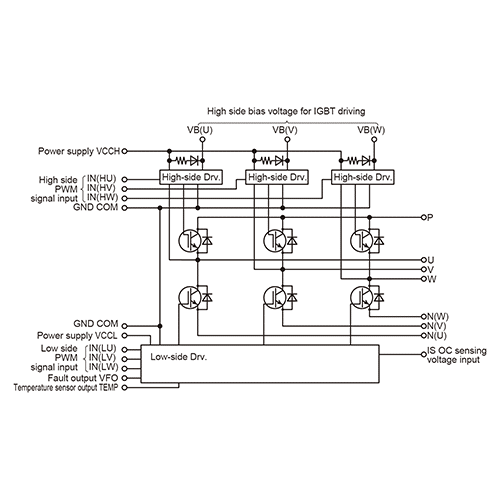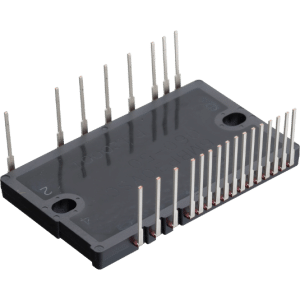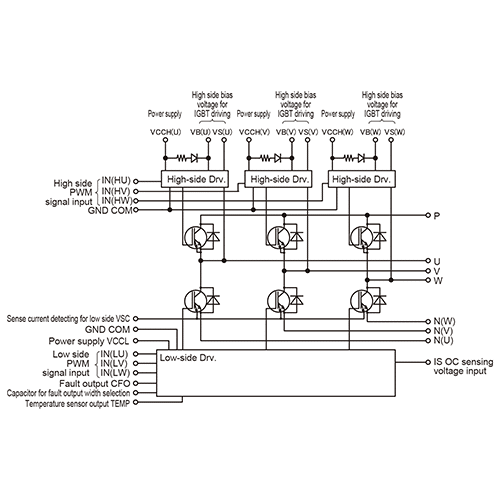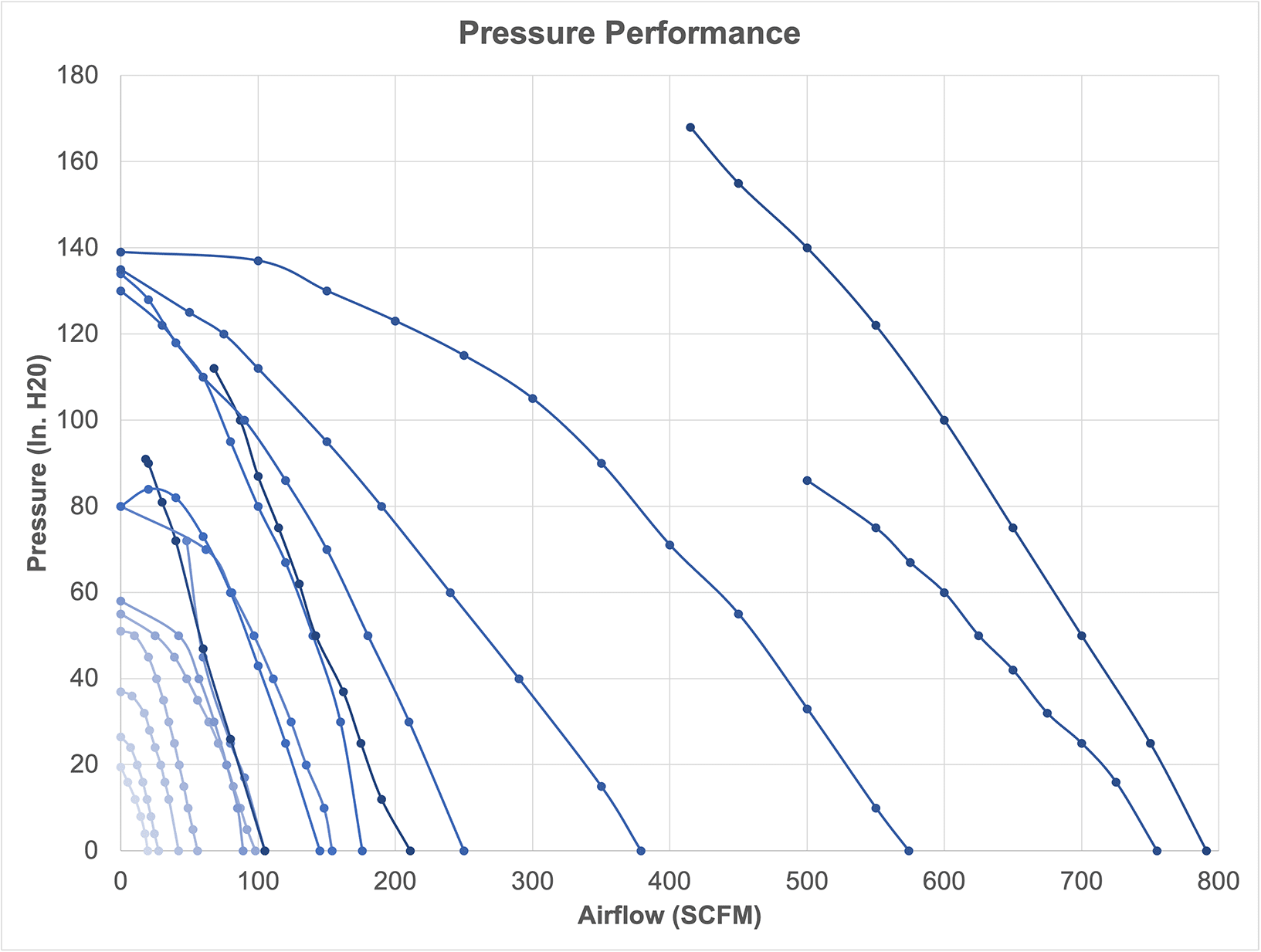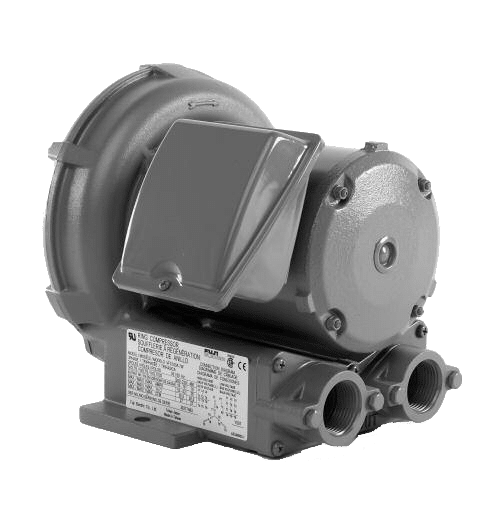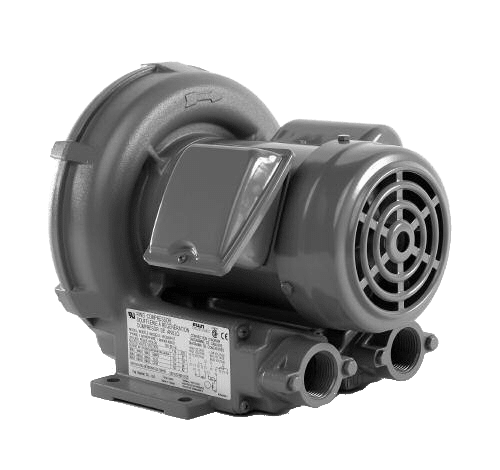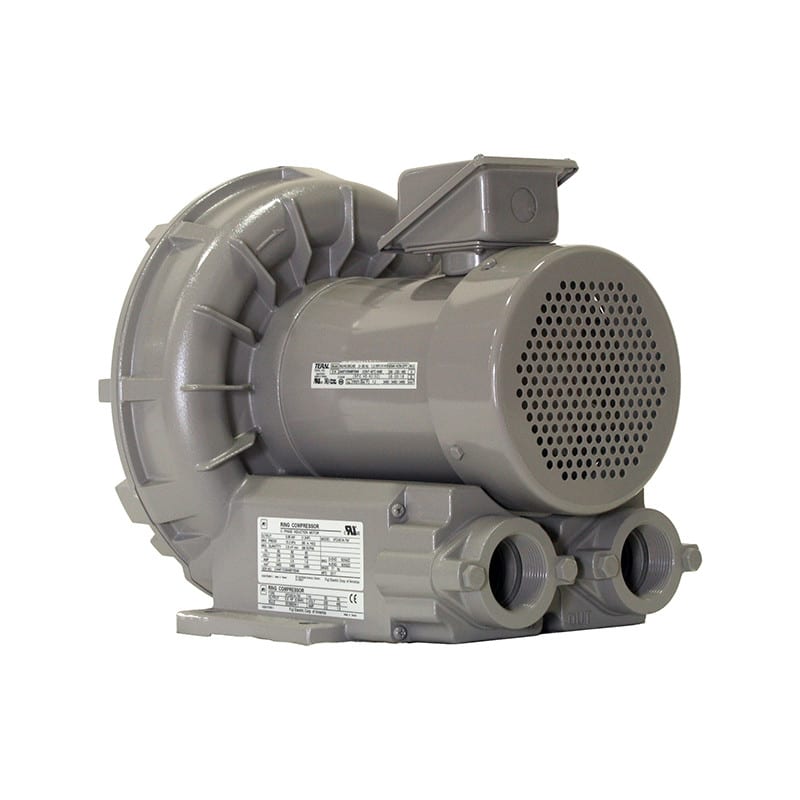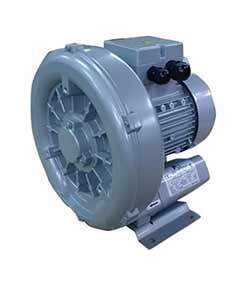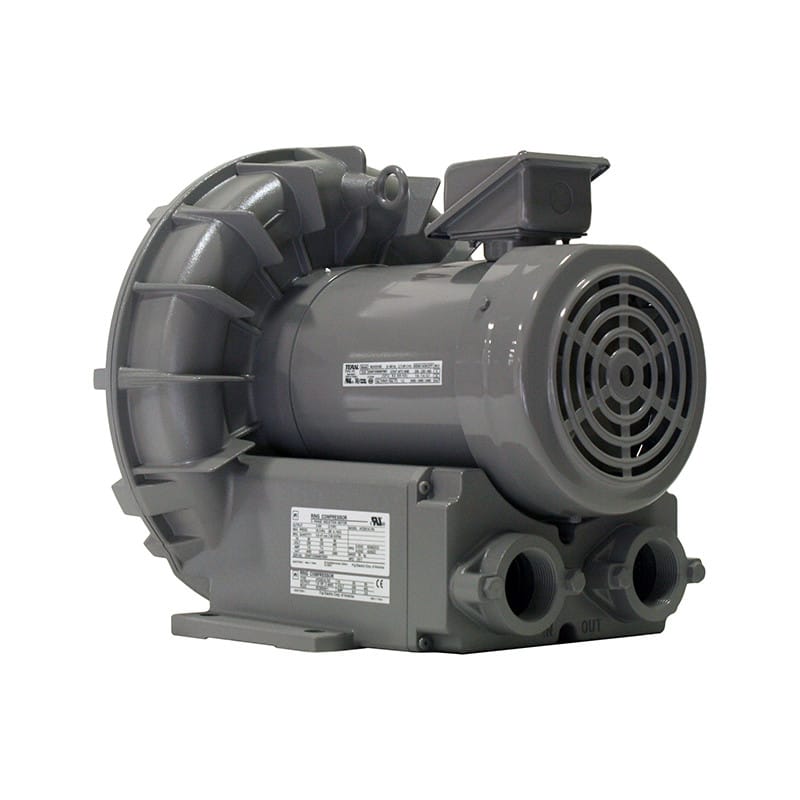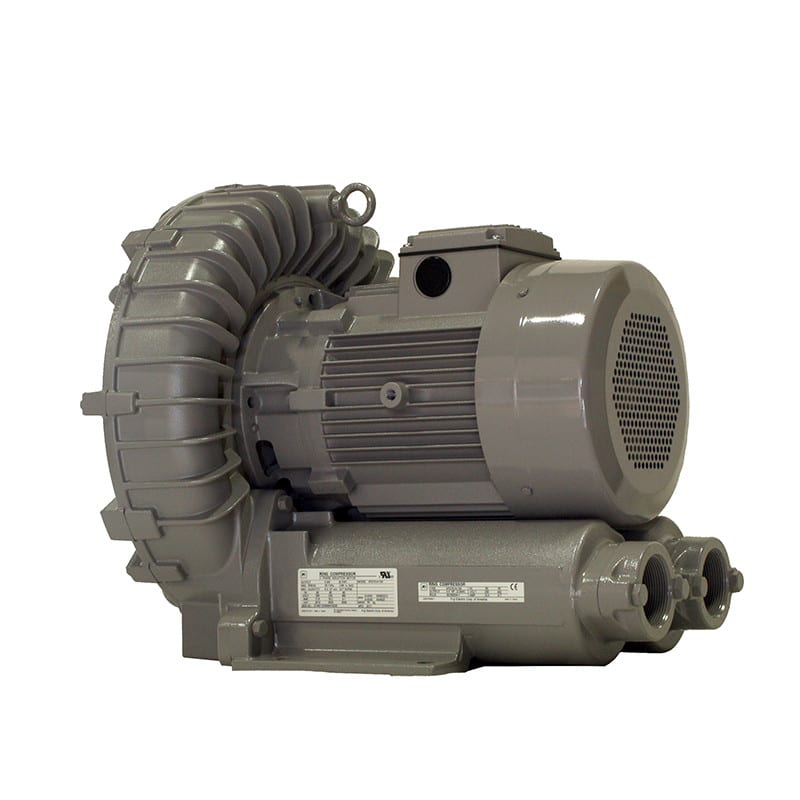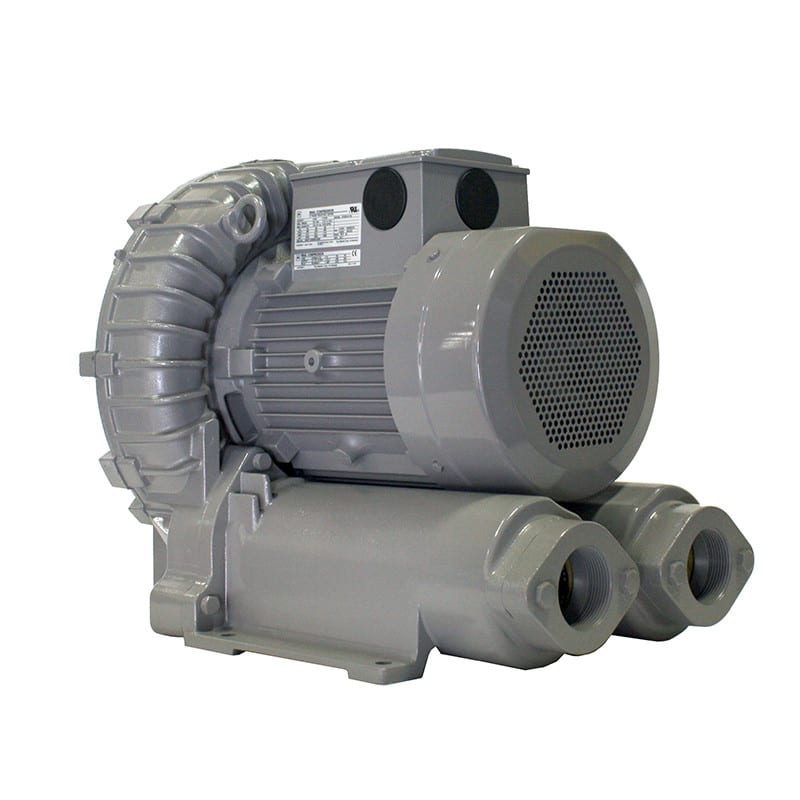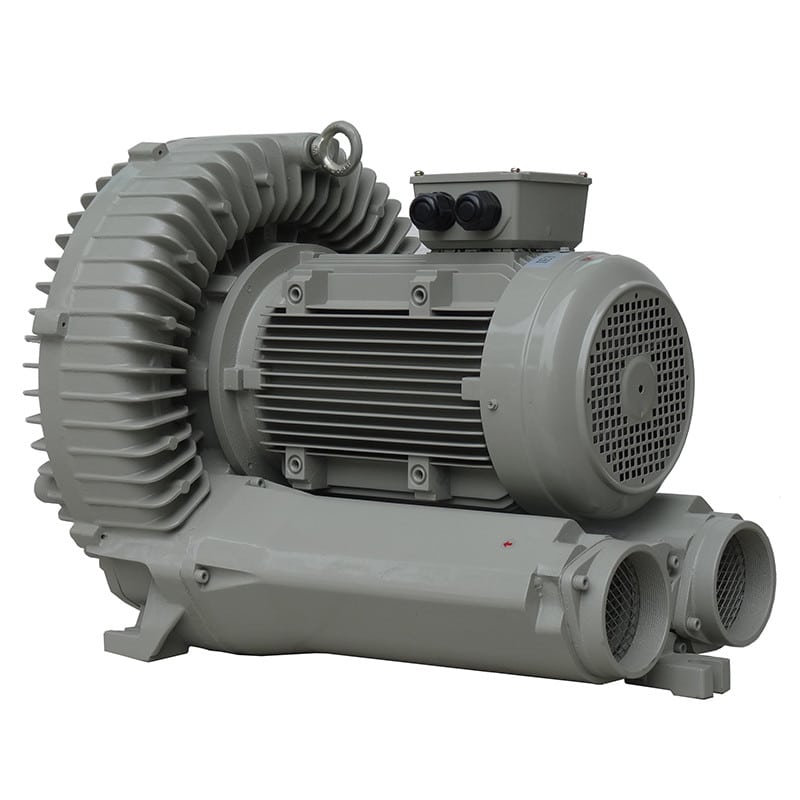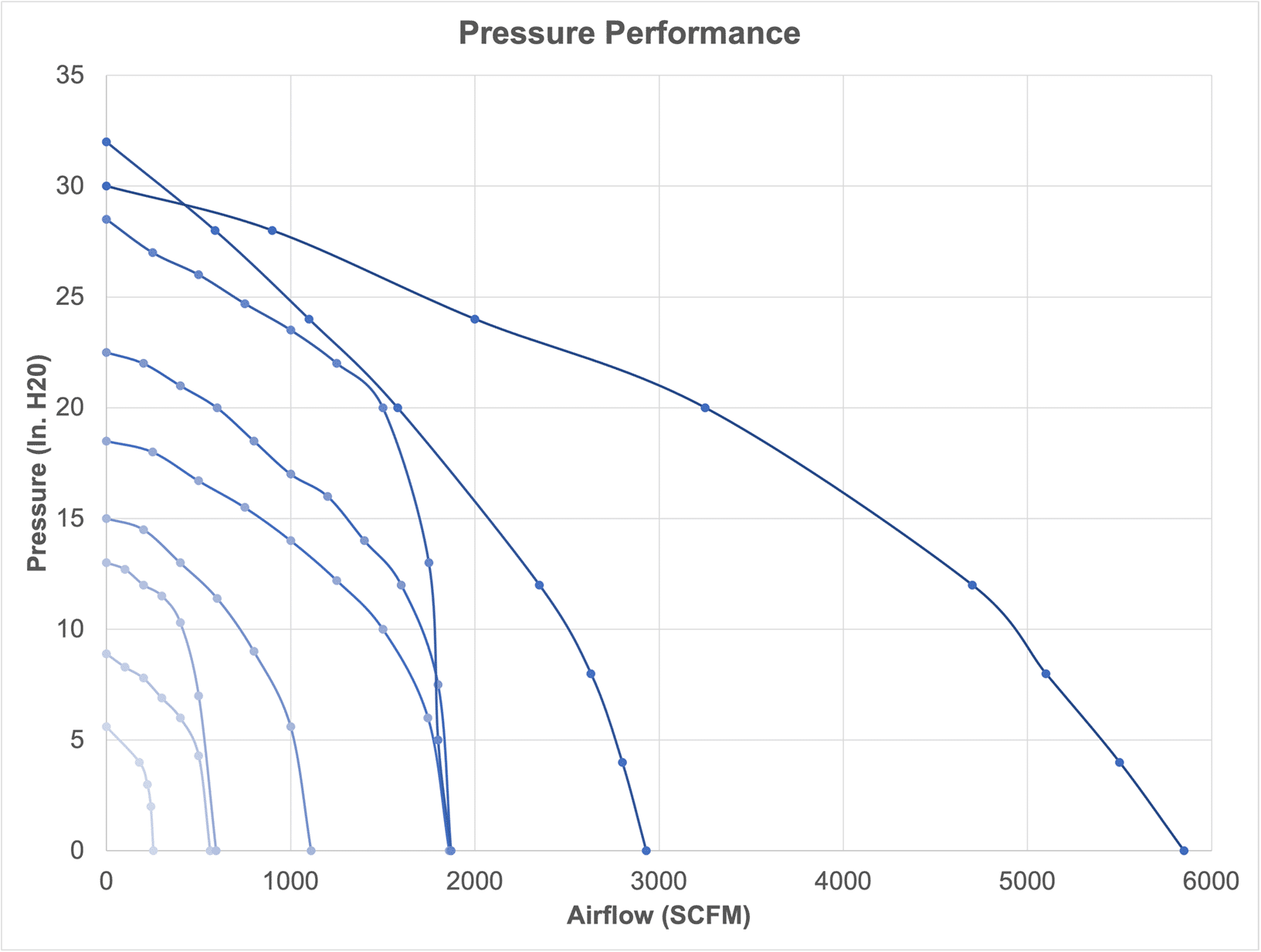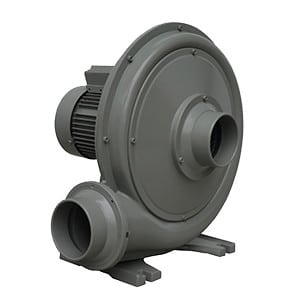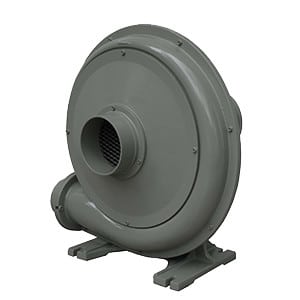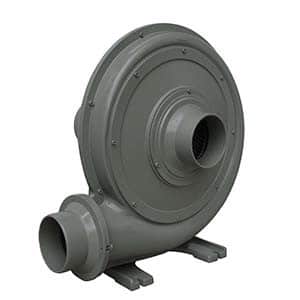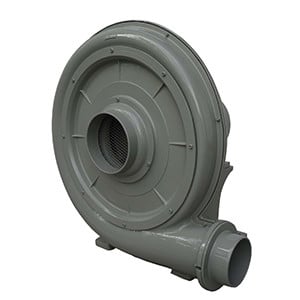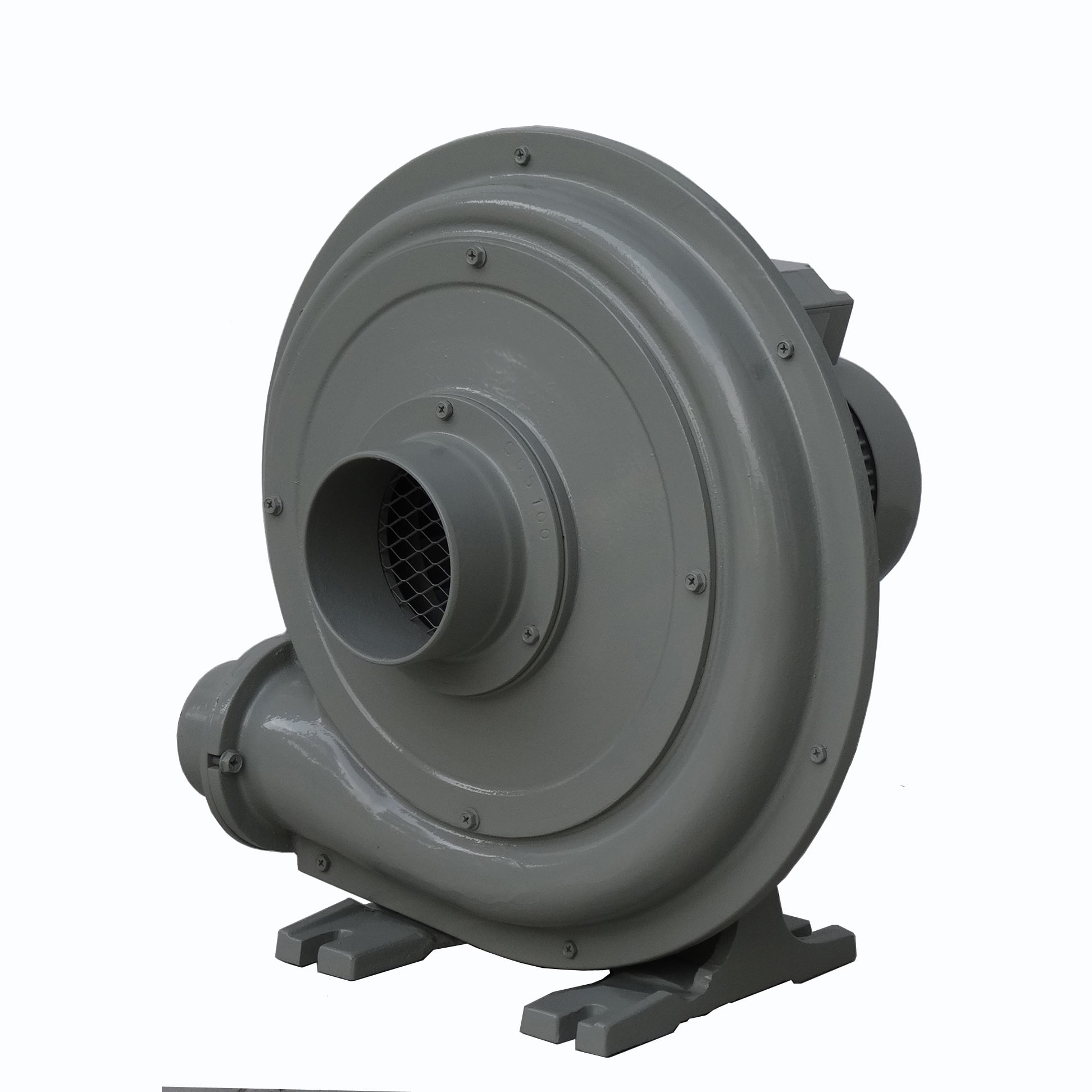IGBT stands for Insulated Gate Bipolar Transistor. It is a type of semiconductor device used in electronic switches and amplifiers. The IGBT combines the characteristics of both the insulated gate (like a MOSFET) and the bipolar transistor.
Here’s a brief overview of its key features:
- Structure: The IGBT consists of a metal-oxide-semiconductor field-effect transistor (MOSFET) for the gate control and a bipolar transistor for current-carrying capabilities. The MOSFET provides voltage control, while the bipolar transistor offers high current-carrying capability.
- Operation: Like a MOSFET, the IGBT is voltage-driven. When a voltage is applied to the gate terminal, it allows current to flow between the collector and emitter terminals. This makes it suitable for high-power applications.
- Applications: IGBTs are commonly used in applications that require high voltage and current capabilities, such as power inverters, motor drives, and power amplifiers. They are preferred in these applications due to their ability to handle high power levels while providing the advantages of voltage-driven control.
- Advantages: Some of the advantages of IGBTs include high efficiency, fast switching speeds, and the ability to handle high power levels.
Overall, IGBTs are crucial components in power electronics, enabling the control of electrical power in various applications, from industrial machinery to renewable energy systems.

































